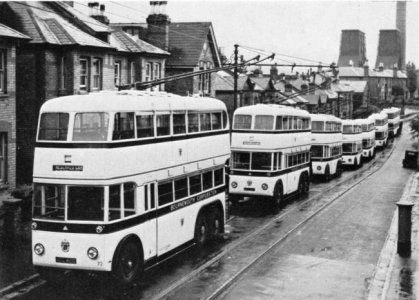hollydolly
SF VIP
- Location
- London England

In my area trolley buses completely stopped in 1960 ...nothing whatsoever to do with wind powered street lamps tho'Haven't seen one of those, but I vividly remember these:
View attachment 225833
When did trolley buses stop? Environmentally friendly and cheap, they finally succumbed to car ownership and fossil fuel on 11 January 1970. Yet half a century later, local councils now see electric public transport as an answer to congestion and air pollution.
We've had those for some years now...LED has had some bad press in recent years... so I dunno if that's the reason they're moving towards these new wind turbine..street lightsHere they opted for LED smart street lights.
When the entire system is converted to LED, it will save over 10.8 million kWh hours per year and over $3 million in annual operating costs.
The smart lights can also notify the city of snow and ice, problems with traffic flow, control the intensity of the light as conditions change, and report equipment malfunctions.
IMO they are a solution in search of a problem, but the investment and changeover have created a few jobs.
Nope...problem with wind power is the maintenance. Hope these are better!View attachment 225829..anyone else got these..
They look like telephone / Broadband cables. Nothing to do with the lights.Are those wires in the background attached to the street lights or are they stand alone?
they're telephone wiresThey look like telephone / Broadband cables. Nothing to do with the lights.
not attached to the street lights.. they're telephone wires attached to a telegraph pole out of shotAre those wires in the background attached to the street lights or are they stand alone?
